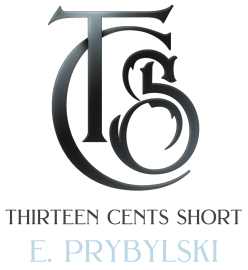First off, I hope everyone had a fantastic Thanksgiving! Divertir’s been keeping me busy with a lot of fun and exciting projects so I haven’t had as much time to blog as I’d like. I also had a great time with my family over the holiday and we made the best turkey dinner ever.
A common problem I’ve noticed with many writers is choosing the wrong person for their narrative. Person, of course, being “first person”, “second person” or “third person”; I don’t mean the individual they choose as their POV. Very few people ever write their novels in “second person” unless they’re the choose-your-own-adventure types, and most of those died in the 90’s, if I recall properly. First person and third person are the most common forms of writing a novel in, and both have their benefits and their drawbacks. Personally, I usually favor third person and as we continue discussing, I’ll share why.
First person is a great way to tell a novel from a character’s point of view. If you really want to show the world through their eyes, that’s the way to do it. You can get a very personal, intimate view of the character and of the world and it’s a great tool for telling a story. However, it does have severe limitations. The first and most obvious is that you are limited to divulging only information that the POV character knows. You are also forced to use that character’s voice, exclusively. Which means that if you’re writing a first person POV as a Bumpkin from Backwater, Alabama that you’re going to have to keep that voice the entire time. Without fail. This is true for any character you choose. If your character is a Victorian vampire, then you have to learn how people in Victorian times spoke and emulate that. Which isn’t always easy. You’d also need to be aware of how they thought back then and the history your character would remember since they’d view everything through that lens.
Third person is easier by a significant margin. The third person omnipotent view allows you to give information that the character doesn’t know (such as the exact feelings of another character) and doesn’t require you to change your voice as a writer to match the voice of the character. I’ve found that third person is far, far simpler. That said, when writing dialogue all the rules of first person POV apply.
I’ve noticed that many authors have trouble with keeping POV and not slipping voice. It’s not easy sometimes, too. Which is one of the reasons I suggest strongly that you consider third person for most of your writing. It’s easiest and causes the least conflicts, particularly for new or inexperienced writers. And don’t puff yourself up about being experienced and point fingers at me, I’ve seen ‘experienced’ writers make the same mistakes. Everyone can have this problem and it’s not limited to first person, either. Even in third person I’ve seen experienced writers trip themselves up and have their hundred year old vampires in high school talking like whiny… I’m just going to stop there.

One thought on “POV Characters and Person”